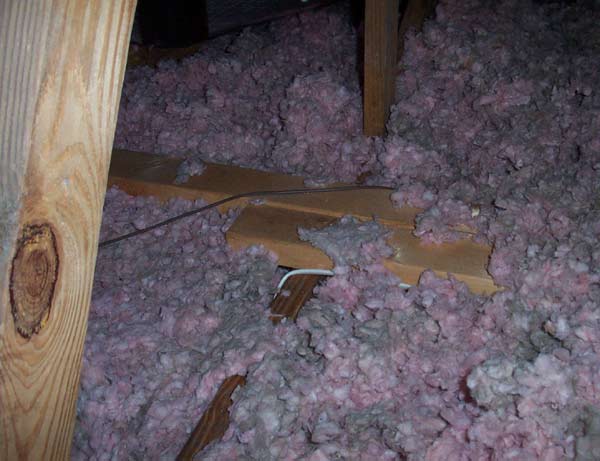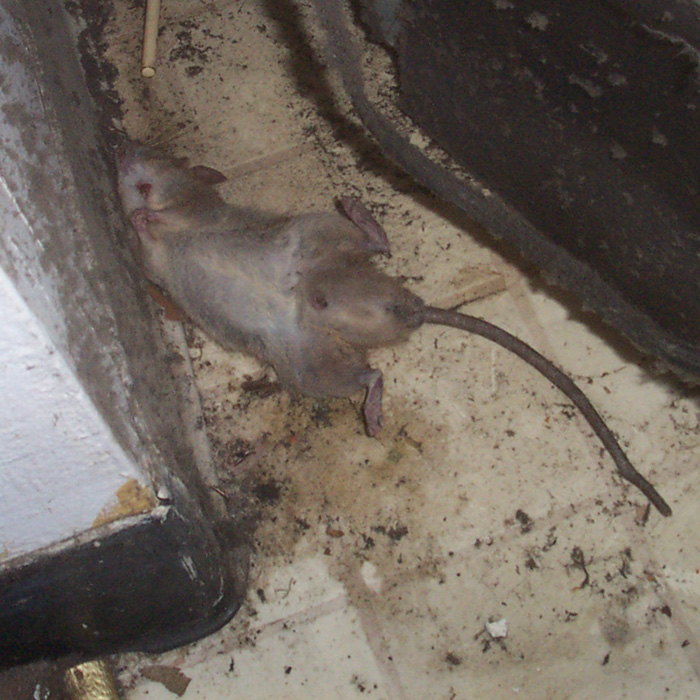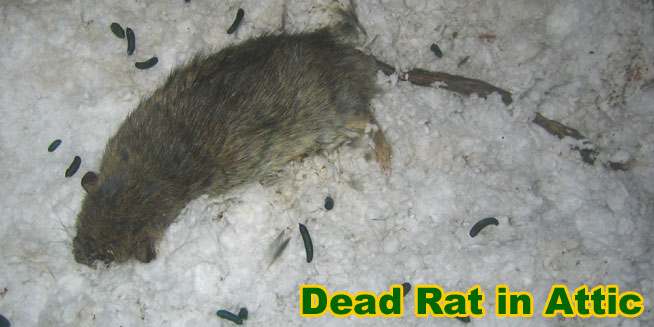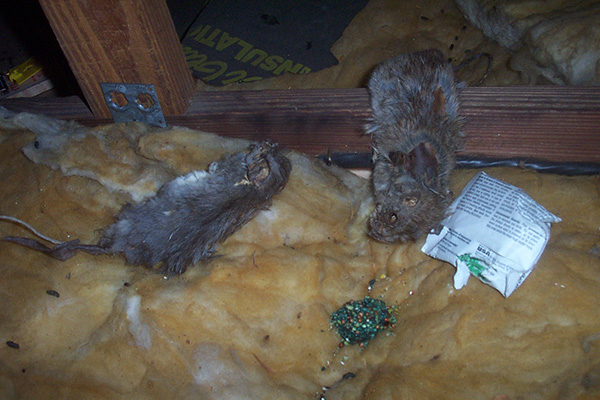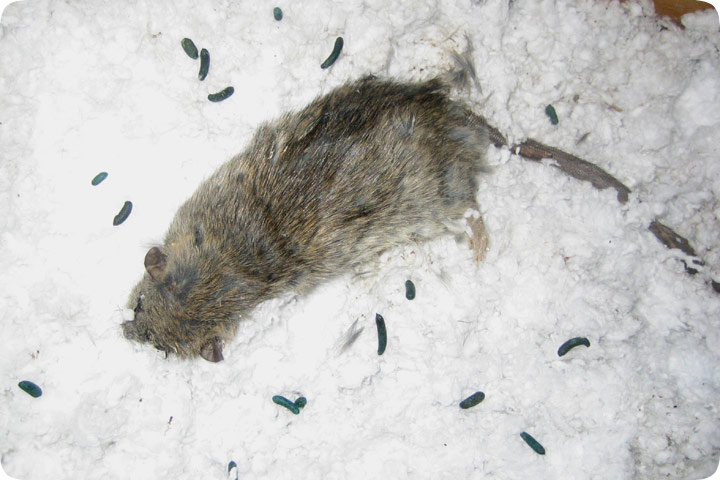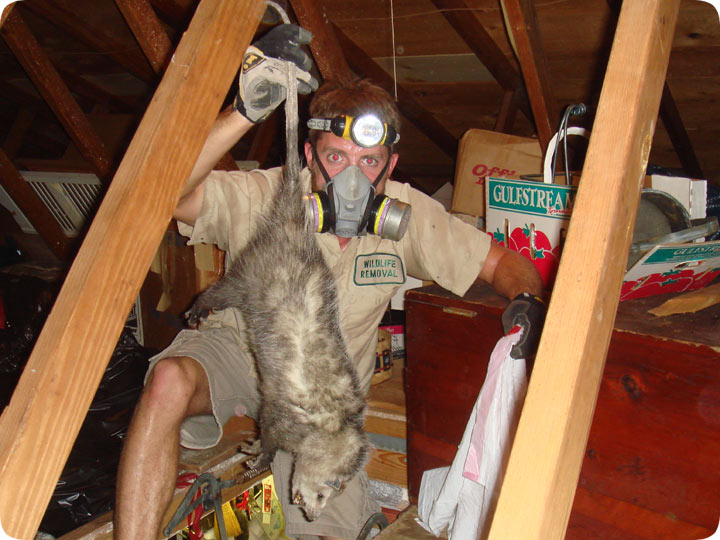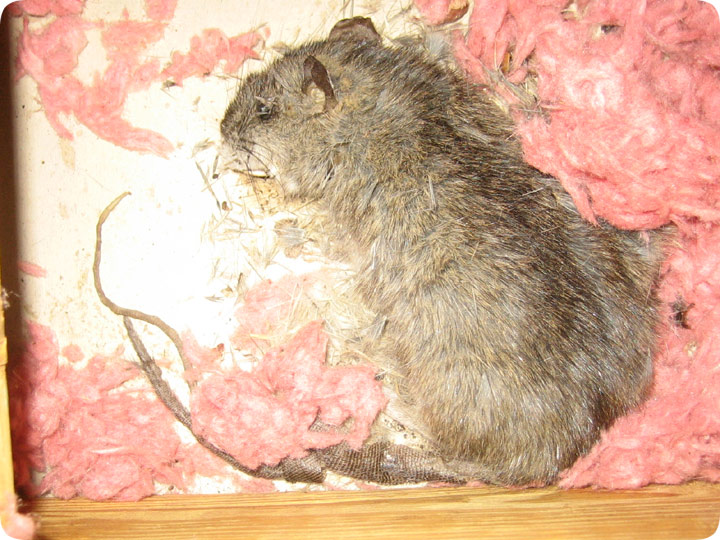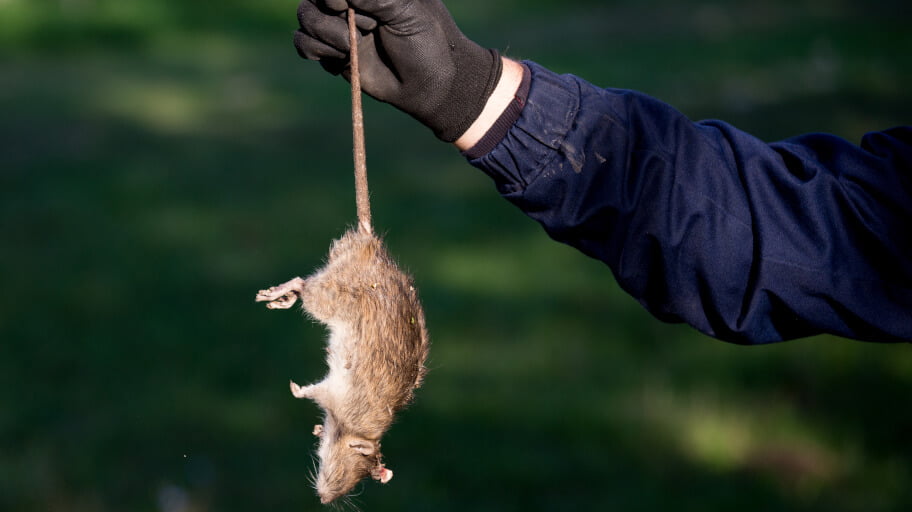After dying the body of the dead rat will start smelling somewhere between 3 5 days depends on the humidity and temperature of the place where it has died.
Dead rat in the attic smell.
Help of pet dogs.
Locate dead mouse carcass by going for where the smell is the strongest.
Vinegar will soak up the bad odor and eliminate it not just mask it.
The only way to solve the odor problem is to find and remove the dead rat carcasses.
But the stench of the dead animal collects and lingers in the house below.
Vinegar is a natural disinfectant and odor eliminating agent.
The smell of decomposing rats is horrible just one rat can stink up a whole house for weeks.
Depending on where the body is you may have to hire pest experts with equipment for dead animal removal to get rid.
Dead rodent in reachable space like the attic or basement is more straightforward to.
To find and remove the carcasses you have to literally sniff them out.
Wear protection when removing the dead body.
Locate and remove the carcass.
How to get rid of dead rat smell it works 1 locate the odor source.
Click here for a nationwide list of 100 s of professional wildlife trappers serving all 50 states.
The smell may speed up if the temperature is hotter.
2 remove carcass clean area.
All i had to do next was get rid of the dead rat smell.
Use rubber vinyl or latex gloves so you don t touch the rat.
The smell is usually strongest in the room below the exact area where the animal died.
To get rid of dead rat smell you have to.
As anyone who s dealt with a dead rat in their home can attest the smell is one you ll never forget.
There is no magic odor detecting tool to find them other than your nose.
3 airing the.
The attic is usually well ventilated.
The best way to describe it would be the rotting smell of death.
If the smell of a dead rodent is getting too unbearable for you you can try pouring vinegar into plastic cups and placing them in various corners of the house.
The putrid odor is a nasty mix of chemicals produced as the body decomposes including sulfur dioxide and methane.
As rats tend to go to somewhere they feel safe when they are in pain they will often be in the nest or in one of the dark corners beneath where the roof joins the top of the walls.
